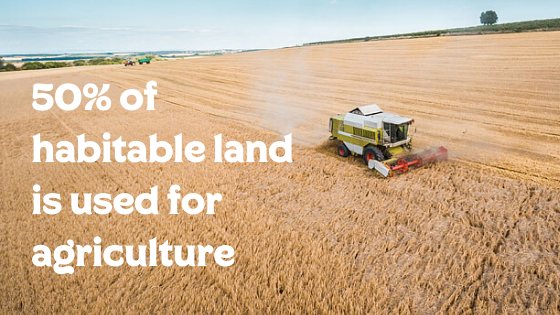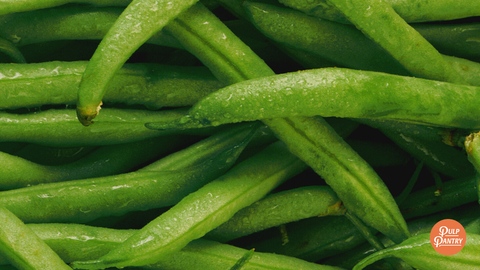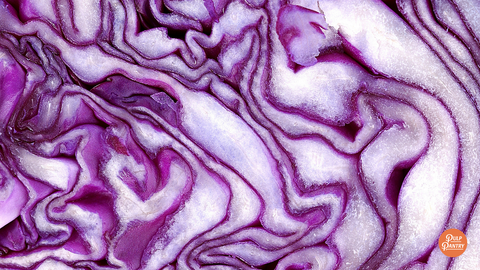
The facts are in, and reducing food waste is the top priority listed on Project Drawdown for mitigating climate change. But as consumers, we don't always get to see how food waste plays into the larger picture of climate change. We're here to break it down for you:
Our human population is rapidly expanding - and across the globe, we're struggling to keep up. Global food production must increase by 60% by 2050 in order to meet the demands of our growing humanity.
We already use half of our world's habitable land for farming so before we even think about converting more area to farmland, let’s take a minute to consider the absurd: 30% of global food produced goes to waste (that’s 40% in the United States) each year. That's the equivalent of six garbage trucks full of edible food - gone every second.

Maybe you’ve experienced that at home but think, businesses like supermarkets and larger food processors MUST be responsible for recycling food waste, right?
Wrong! In cities, less than 2 percent of the nutrients in food by-products are recovered and put to better use. Across the board, 95% of food waste goes straight to the landfill. You read that right, 95 percent! 😧
And we’re paying the price. According to the FAO, the global cost of food waste is $2.6 trillion per year (!), which includes $700 billion in environmental costs and $900 billion in social costs.

Are you shocked that the environmental cost of food waste so big?
Think about everything that goes into our food before it reaches your plate: including agricultural inputs (fertilizers, water), machinery, labor, livestock, soils, as well as processing (energy), transportation, food prep, and then, finally, disposal. Half of our world’s habitable land is used for agriculture -- and land clearing is a major threat to biodiversity worldwide.
Therein lies the issue: when we waste food, we waste the resources that touch every part of that process.
We’ll give it to you straight:
- The food we waste consumes more than 25% of total freshwater use - or 4.2 trillion gallons of water in the United States alone (PLOS One).
- Growing food that ultimately goes to waste uses up to 19% of our fertilizer (2 billion pounds in the US alone!), 18% of our cropland, and 21% of our landfill volume (NRDC). In the US, this works out to 30 million acres of cropland used to grow food that ultimately goes to waste (the size of Pennsylvania!).
- Decomposing food waste produces methane - a potent greenhouse gas with 28-36 times the global warming potential of carbon dioxide (IPCC).
- The climate crisis is making people sicker – worsening illnesses ranging from seasonal allergies to heart and lung disease (The Guardian).
- If food waste were a country, it would be the third-largest greenhouse gas emitter in the world -- behind the United States and China (FAO).
For all of these reasons, reducing food waste is the top priority listed on Project Drawdown for mitigating climate change TODAY.
According to the NRDC, if we reduce food waste by 15%, we could feed more than 25 million Americans every year.
Hopefully, you’re inspired and empowered to find ways to help.
☞ Click here for the top ways you can get involved at home!

About Pulp Pantry:
Pulp Pantry turns overlooked resources like upcycled vegetable juice pulp into wholesome everyday snacks that make it convenient and delicious to eat more servings of vegetables and fiber.
Our newly launched Pulp Chips are vegetable-based, tortilla style chips made from fresh, upcycled vegetables as the first ingredient. Pulp Chips are a craveable better-for-you, better-for-the-planet snack with up to a full day's serving of fiber in each bag.
Try all of our four delicious flavors: Barbecue, Jalapeño Lime, Classic Sea Salt, Salt n' Vinegar.





